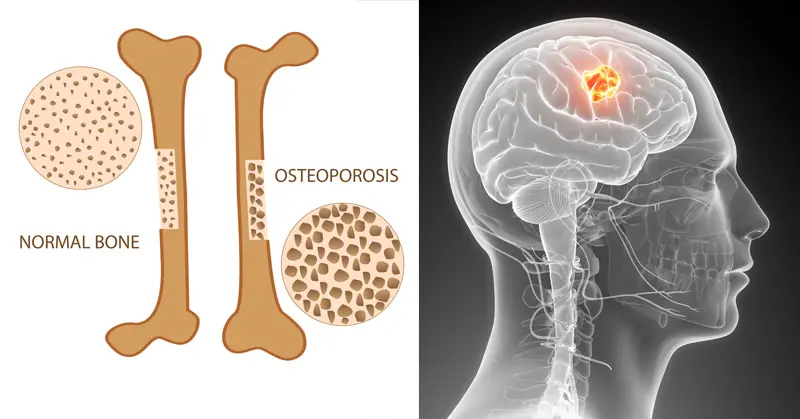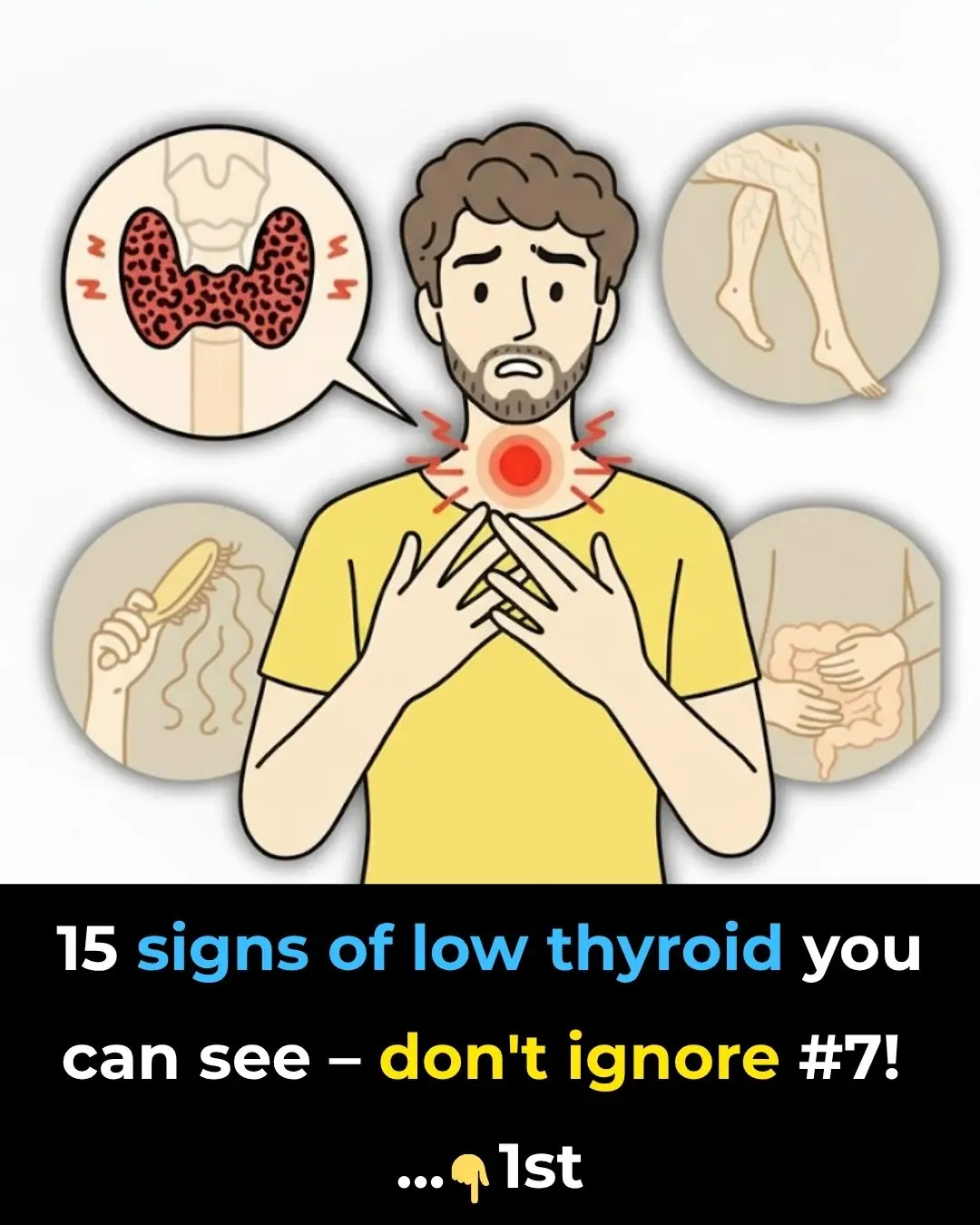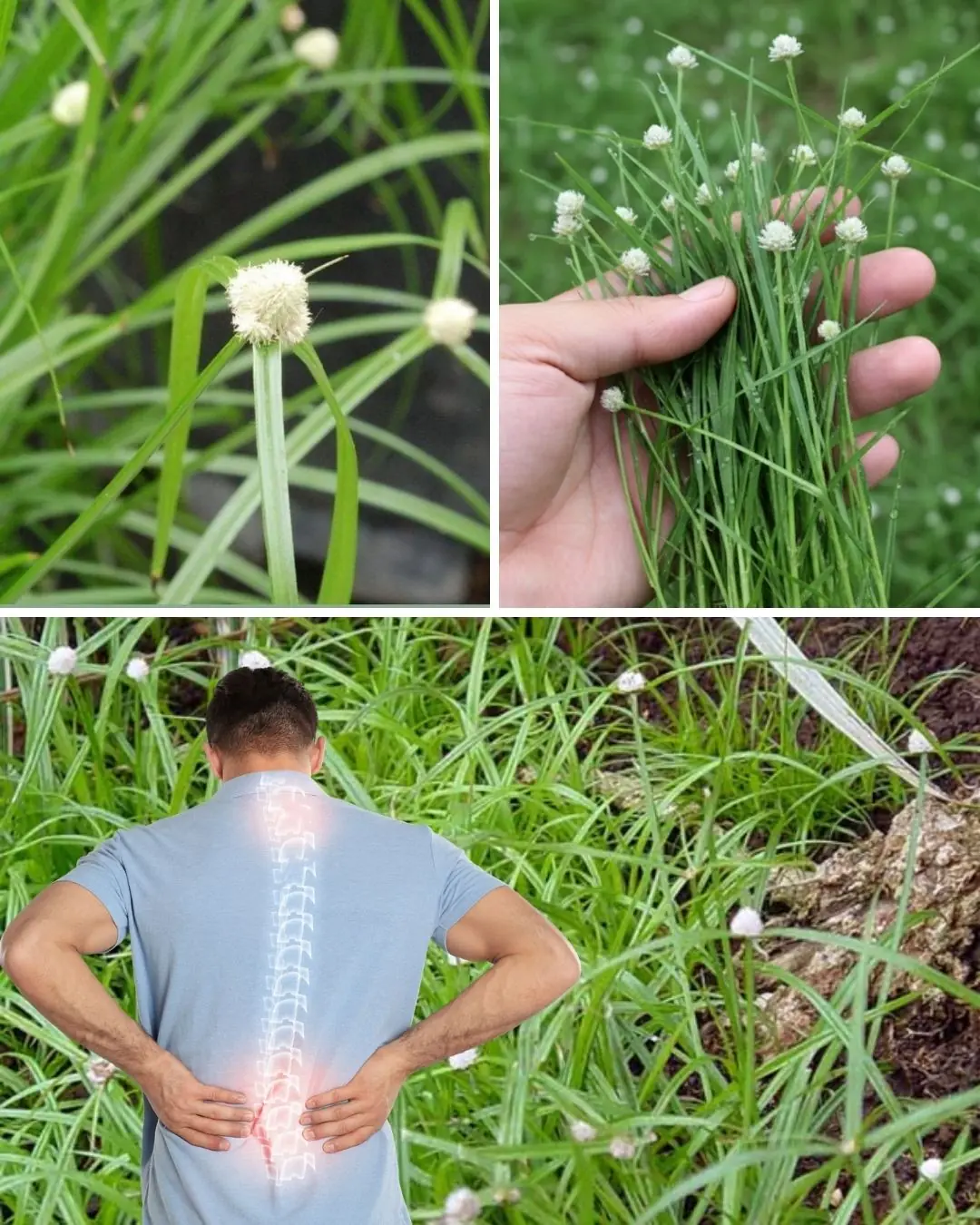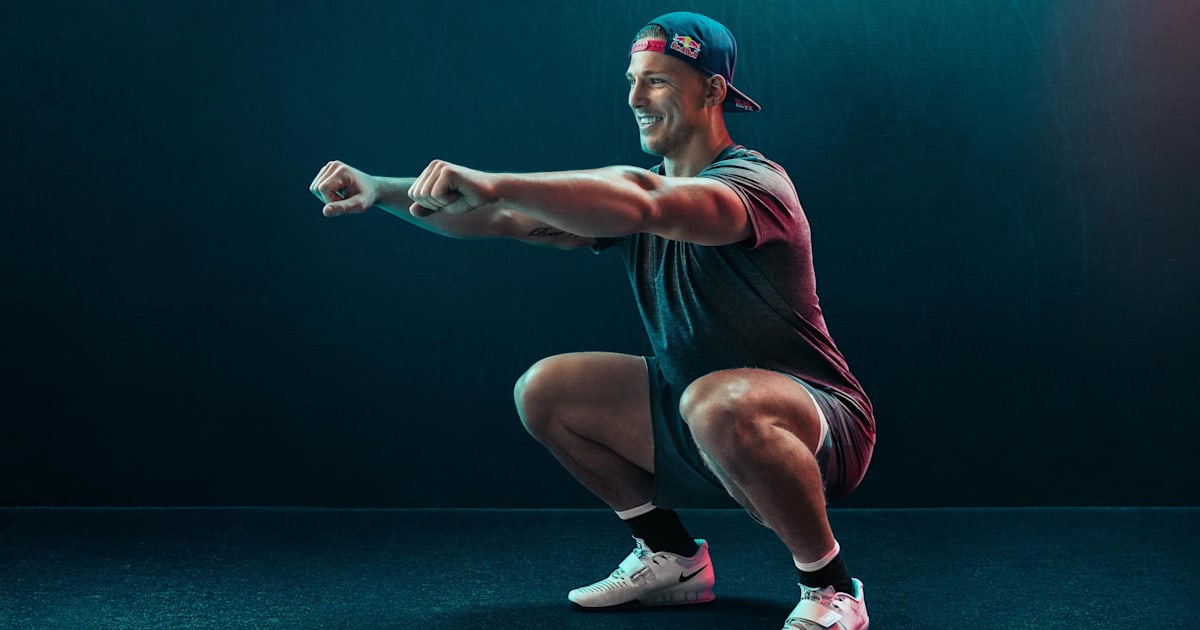
Why Your Legs Get Weaker After 50 — And 4 Simple Ways to Fight Back
Why Your Legs Get Weaker After 50 — And 4 Simple Ways to Fight Back
Many people assume losing leg strength is an inevitable part of aging, but that doesn't have to be your reality. If you want to maintain your independence, stay strong, and keep doing the things you love—from hiking to simply rising easily from a chair—you have the power to keep your legs robust into your 60s, 70s, and beyond.
Here is a practical, four-pillar system you can use right away to reclaim your lower body power.
Understanding Why Legs Decline With Age
The scientific term for age-related muscle loss and strength decline is sarcopenia. While your body changes over time, muscle loss is dramatically accelerated by inactivity.
Your body is a remarkable adaptation machine: if you stop challenging it, it adapts by getting weaker. Most people think they're losing strength because they're aging, but often they're simply losing strength because they stopped using their legs fully.
You don't have to sit back and watch your strength fade. You have a choice:
-
Do Nothing: Leads to rapid weakness, poor balance, and risking independence.
-
Stay Active: Forces your legs to work, keeping them mobile and strong.
The goal isn't to become a gym rat; it's to challenge your legs enough to keep them functional and resilient for daily life.
The Consequences of Neglect
Neglecting your lower body as you age makes simple tasks feel daunting or impossible. You might find yourself struggling to climb stairs, getting winded easily, or losing confidence due to a fear of falling. Regular, targeted movement ensures you stay mobile, confident, and capable of living life without holding back.
The Four-Pillar System for Lasting Leg Strength
To rebuild and maintain powerful legs, you need a holistic approach that focuses on four key areas: Strength, Balance, Mobility, and Coordination.
1. Strength (The Foundation)
Strength is vital for everyday movements, like getting out of a car or walking up an incline.
2. Balance (Fewer Falls, More Confidence)
Good balance is crucial for injury prevention and moving with confidence.
3. Mobility (Preventing Stiffness)
Mobility ensures your joints can move through their full range without stiffness, which is essential for pain-free movement.
4. Coordination (Quick Reaction & Agility)
Coordination is your body's ability to react quickly and fluidly—key for catching yourself before a fall or getting up from the floor.
Building Your Consistent Routine
Consistency is the secret ingredient for seeing real change. Mix and match exercises from these pillars to fit your schedule:
You can rotate your focus—perhaps concentrate on Strength and Balance one day, and Mobility and Coordination the next. The most important thing is simply to keep moving and challenging your body.
Losing strength isn't a sad fate brought by age; it's often the result of insufficient movement. Start today, give these exercises a consistent effort, and discover the power your body still holds.
Which of the four pillars do you think you need to focus on most right now?
News in the same category


Stop Ignoring These 8 Subtle Signs of Heart Trouble Before It’s Too Late

1 Teaspoon of Baking Soda Can Do This to Your Body!

Still Waking Up Tired? This Simple 3g Bedtime Mix Beats Melatonin for Deep Sleep

Here’s How to Starve Cancer to Death By Removing One Thing From Your Diet

This Super Tea Kills Parasites And Cleanses The Body of Toxins

Your pancreas could be ‘silently inflamed’ right now and you’d never know until it’s too late

4 foods to eat on an empty stomach in the morning to cleanse the gut, boost digestion, and lower cancer risk

10 Simple Ways to Help Your Body Detoxify and Cleanse Itself

14 Warning Signs of Low Magnesium Levels and What to Do About It (Science Based)

This Ancient Spice Opens Your Arteries Like Magic and Supercharges Your Heart

This Super Tea Cleanses the Body and Fights Inflammation (5 Ingredients)

One Tablespoon to Clear Arteries and Boost Your Energy Naturally

13 Superfoods That Double as Immune System Boosters

70-year-olds look 40! 🍀 The Japanese wrinkle remedy you need to try

The real reason you wake up at 3AM — and one simple way to stop it

9 Signs You’re Actually Going Through Menopause (Even If You Didn’t Realize It)

15 visible signs of low thyroid you can see – don’t ignore #7!

The 30-second ear shake trick: try it and see shocking results
News Post

This Drink Destroys Your Bones From the Inside and Harms Every Organ on Its Way Out

Stop Ignoring These 8 Subtle Signs of Heart Trouble Before It’s Too Late

1 Teaspoon of Baking Soda Can Do This to Your Body!

Still Waking Up Tired? This Simple 3g Bedtime Mix Beats Melatonin for Deep Sleep

Papaya releases a milky sap, but most people don’t realize how important it is

Purslane: The Superfood That Tastes Better Than Meat – 7 Reasons to Grow It in Your Garden

9 DIY Cucumber Trellis Ideas for Easy Harvesting and Maximized Garden Potential

Honey, Lemon, Onion, Garlic & Ginger: The Daily Spoonful That Works Wonders

Garlic, Honey, and Cloves – a powerful natural remedy packed with health benefits

Discovering the Health Benefits of Lamb’s Quarters

Common Mullein: Benefits and Uses of Nature’s Versatile Herb

12 Homemade fertilizers for plants easy to find at home

Is It Necessary to Unplug the Rice Cooker After the Rice Is Cooked?

Find All 7 Animals Hidden

6 Surprising Predictors of Divorce You Probably Overlooked

Cyperus Rotundus: The Ancient Herb with Modern Healing Power

Euphorbia Hirta: 9 key health benefits of this versatile plant

Here’s How to Starve Cancer to Death By Removing One Thing From Your Diet

This Super Tea Kills Parasites And Cleanses The Body of Toxins

